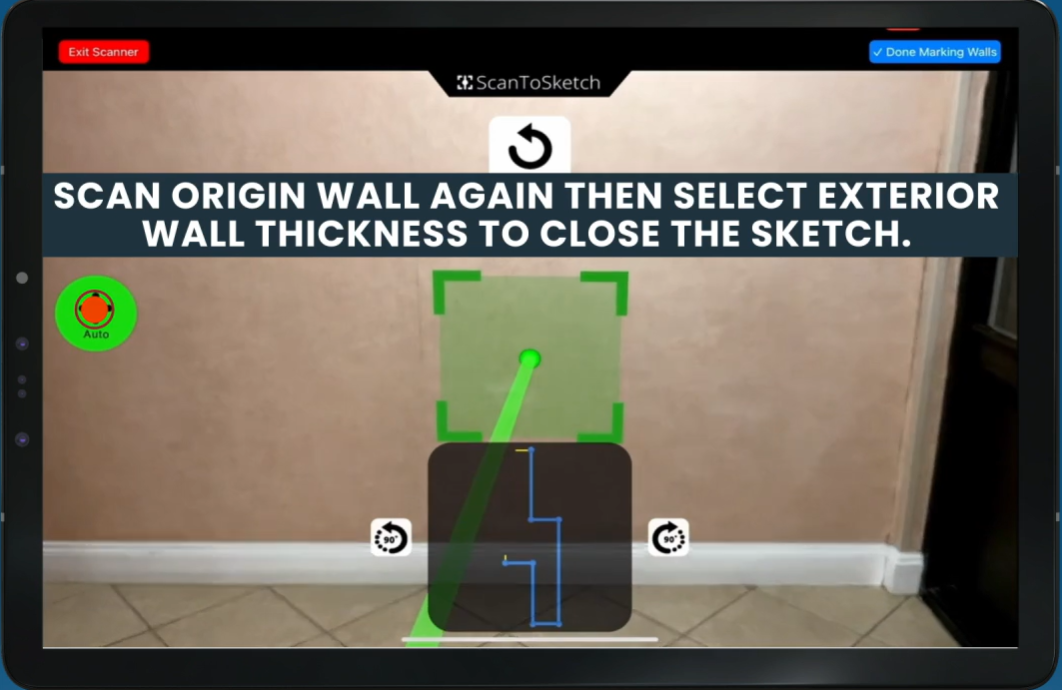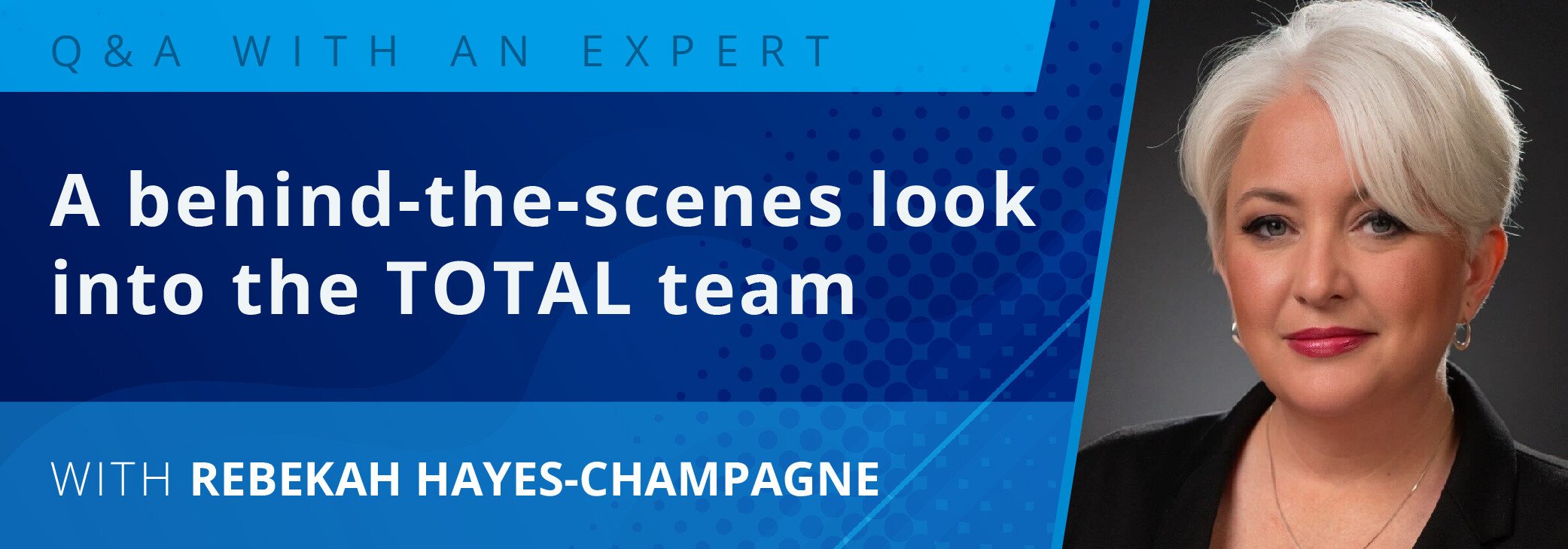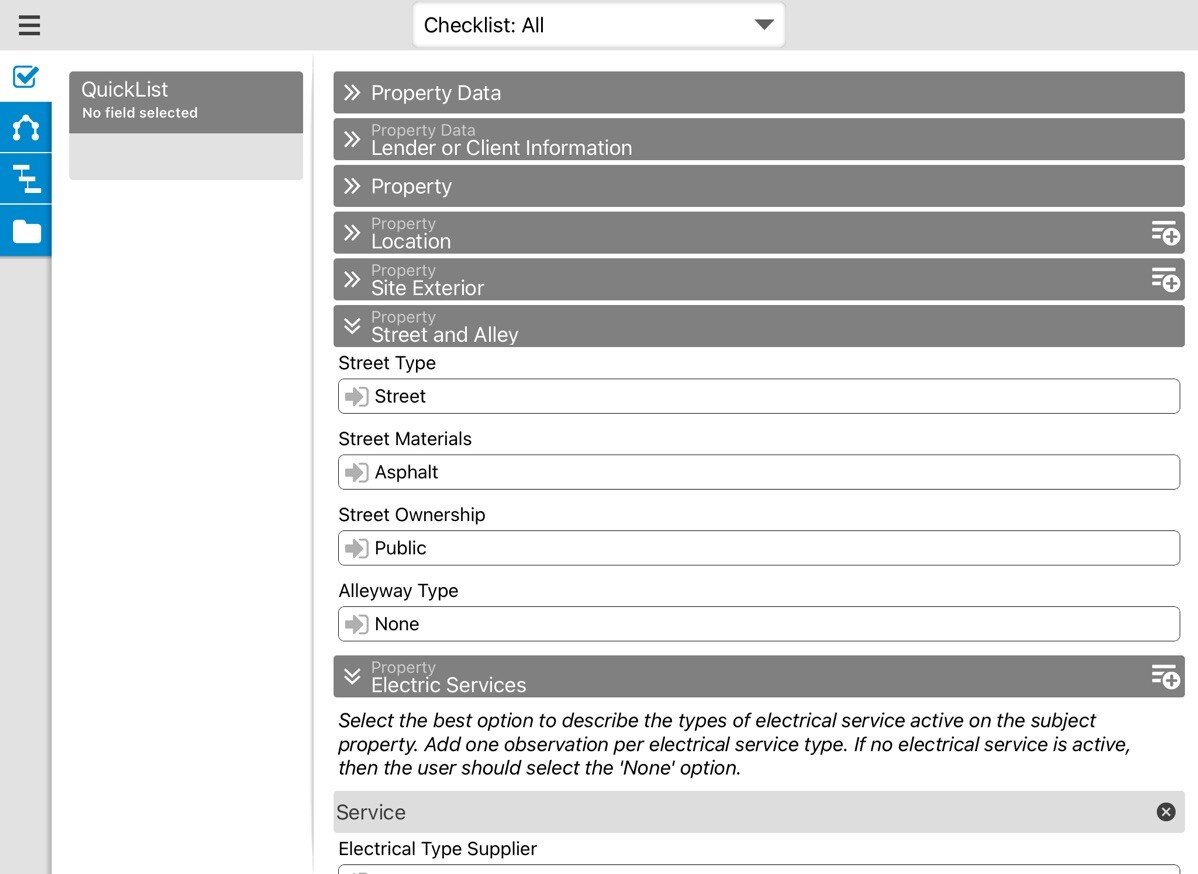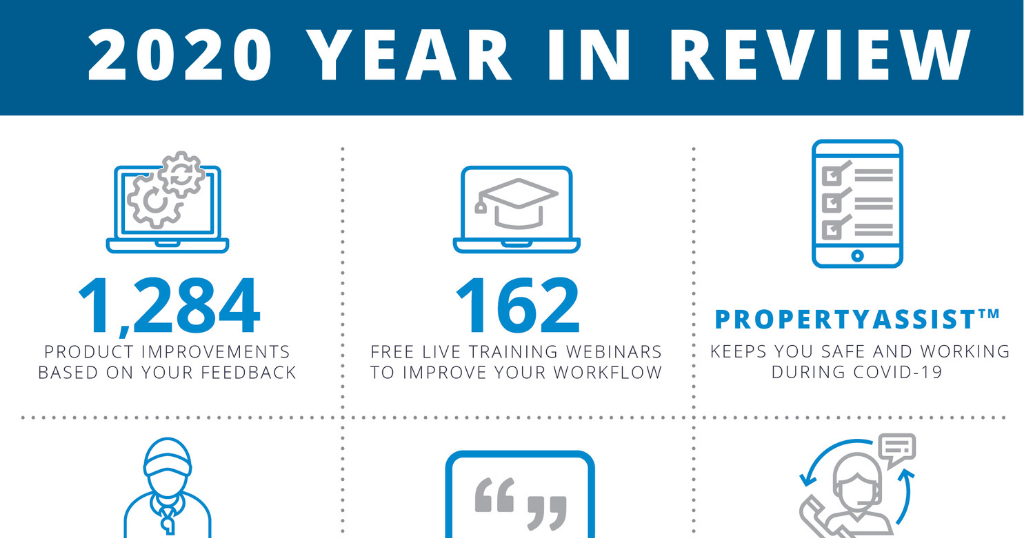Today’s post comes from Rebekah Champagne. With nearly two decades of experience in the mortgage industry, Rebekah now serves as one of a la mode’s Product Marketing Managers.
You’ve probably heard by now, Fannie Mae made the official announcement August 7, 2018, that they would no longer require the 1004MC. Most appraisers (and lenders) saw this as a win, as they hated the form from the get-go. Fannie finally agreed but was quick to call attention to the fact that the appraiser will still be required to analyze market and neighborhood conditions. While flawed, the form still came with good intentions — getting true market analysis displayed in appraisals.
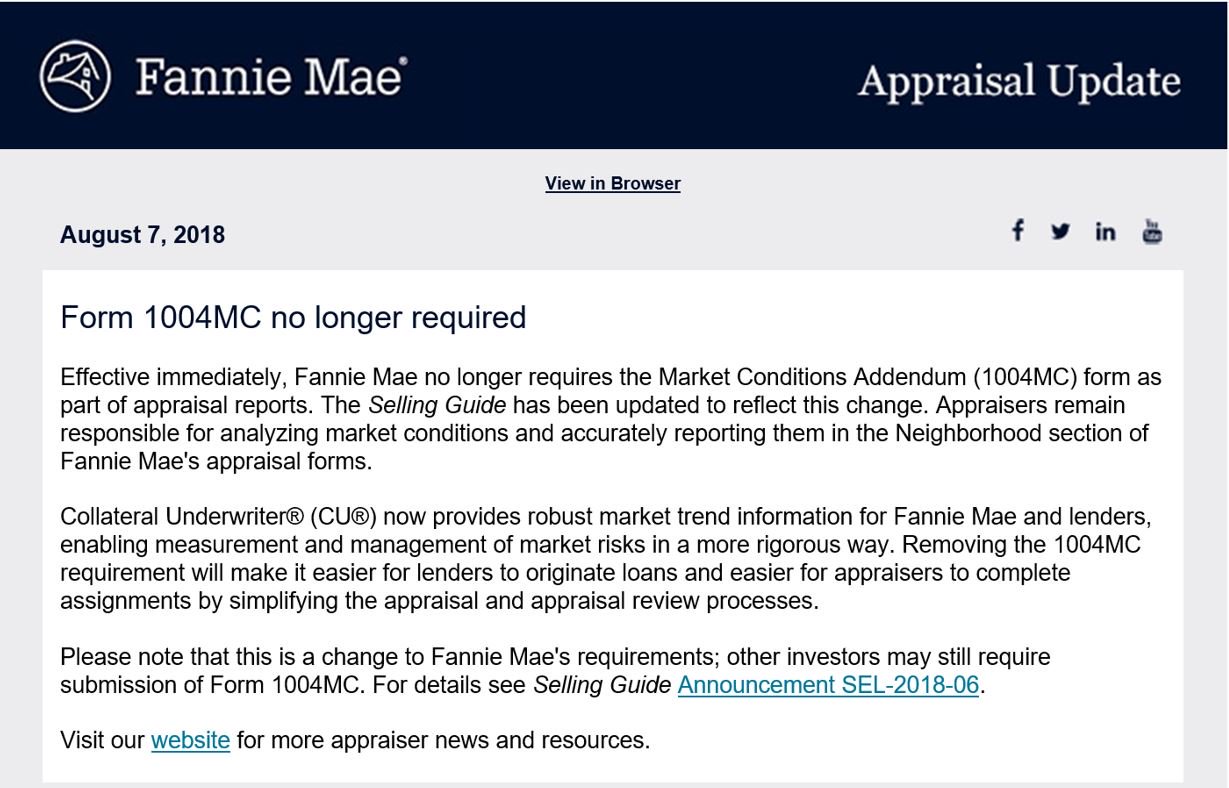
So, what’s next? Well, Freddie Mac and the other investors haven’t changed their requirements yet. It’s been crickets since the big announcement with the lenders too. So even though Fannie said adieu, you haven’t quite seen the end of your favorite form. And it’s likely most lenders will still require it until an alternative approach has been approved.
In order to properly react to the changes coming our way, I think it’s important to look at better market analysis methods from more than just an appraiser’s perspective. Since the actual client for most appraisers is a lender, and lenders have to appease their investors, it’s crucial to take a multi-sided approach in coming up with alternatives to the 1004MC.
I came to the a la mode family with 18 years of mortgage industry experience in both underwriting and forensic auditing for a wide variety of GSEs, investors, and lenders — with a heavy emphasis on compliance. Now I know what you’re thinking, but hear me out. There are frustrations on both sides, especially when it comes to revision requests. However, we all have the same end goal and should all play a role in creating a better way to display market trends in the coming months.
Believe it or not, neither side likes appraisal revision requests. It drags out everybody’s timeline. Underwriters and lenders are tasked with assessing the associated risk of a loan without ever seeing the subject property in person.
Think of yourself as the star witness or knowledge expert the underwriter is having to bet their credentials on. If all they’re seeing is one document to fully validate both the subject’s property value as well as the foreseeable retention of that value, it can be intimidating.
While you still may not have warm fuzzies, can you see how that’s asking for a lot of trust in someone you’ve never met? Just like how you’re trusting that the lender is valuing your opinion, research, and time invested.

The easiest way to combat the inevitable revision request is to make sure your market analysis is easy to understand and jives with the data in the rest of your calculations. One of the biggest complaints across the board with the 1004MC is that it doesn’t give a true view of the neighborhood’s current market, and often contradicts additional data found on other pages of a report.
What can you do right now?
Be as flexible and transparent in your analysis as possible. Of course, that’s easy to say and maybe harder to put into practice.
Fannie Mae implemented the 1004MC in reaction to the housing crash of 2008. The form was intended to reflect markers, indicators, and trends on both the subject and your comps to justify how you calculated the current value and the expected retention at that amount. Something you already knew.
How do you present your analysis without the same pitfalls as the 1004MC?
Appraisers will certainly have some interesting suggestions how best to show everything the 1004MC was intended to do and more. But will the new methods offer you the benefit of showcasing the effort you put into the inspection, valuation, and — let’s not forget — your expertise? Will they be a true indication of how you came to your opinion of value?
Here are three things to keep in mind that might appear to be common appraiser knowledge, but currently lead to a large percentage of revision requests from lenders:

Cast a wide net when gathering your MLS data.
Your market is more than just your comps, so be sure you include the entire neighborhood in your cross reference. You want to show two types of data — the entire neighborhood and your comps or competing properties.
Those should be two separate tables or graphs, but the entire neighborhood data should reflect that your subject and the comps you used are well-bracketed. If your comparable data doesn’t fall in the neighborhood’s median range, you want to fully explain in commentary what factors make them so different from your outliers.

If there is more than one MLS used in the subject’s area, pull data from as many as you can.
You don’t want to limit your available properties. Sometimes it’s hard enough to find active or recent listings as it is. You always want to look further back when selecting the entire neighborhood. One of the major pieces of the market analysis is forecasting the retention of value. To do that you need to show how surrounding property values have been affected in the short-term past as well as over the last year or more.

Use charts and graphs to support your analytics.
Cornell University published a study in the Public Understanding of Science Journal that showed people are more likely to believe and understand information when it’s represented in a chart or graph.
But before you just throw any old graphic in your report and call it a day, do some research on what types of graphs display your information the best. A really good tool will let you choose which data points to compare and give you options on how you want to show it.
At the end of the day, any appraisal report is the appraiser’s opinion of value with data that supports that opinion. Make your supporting data as strong and thorough as possible. Approach your appraisal as if you were a researcher presenting your findings. In essence, that’s exactly what you’re doing day after day.
We’ve discussed the outlook and functionality changes in light of Fannie’s announcement. And if you’re using tools or software to help with your market analysis, you’re probably wondering how this will change your current workflow.
If you’re a Titan Analytics owner, rest assured — it already has the tools you need to present your market analysis on any type of appraisal. With or without the 1004MC.


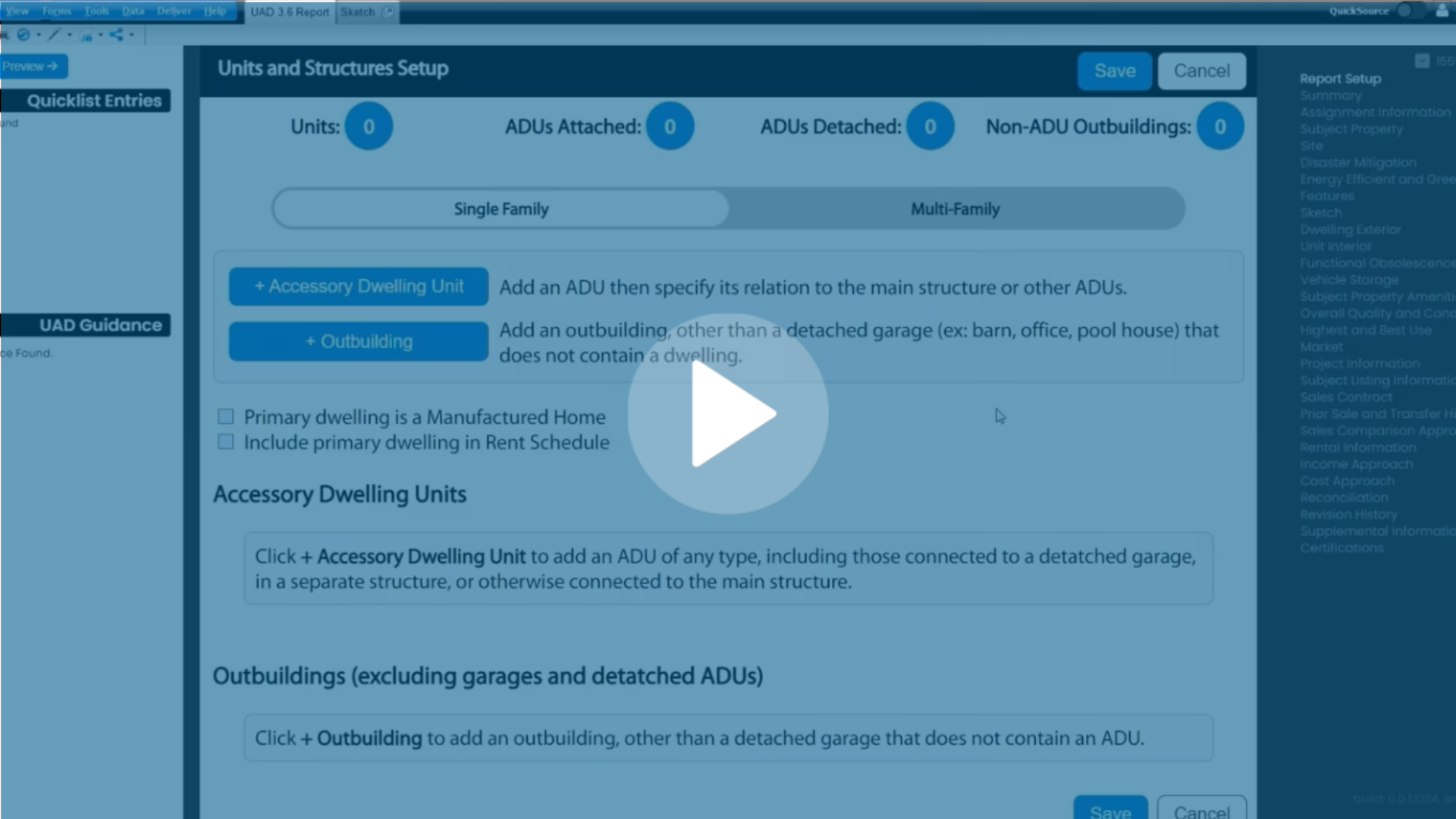
.png)

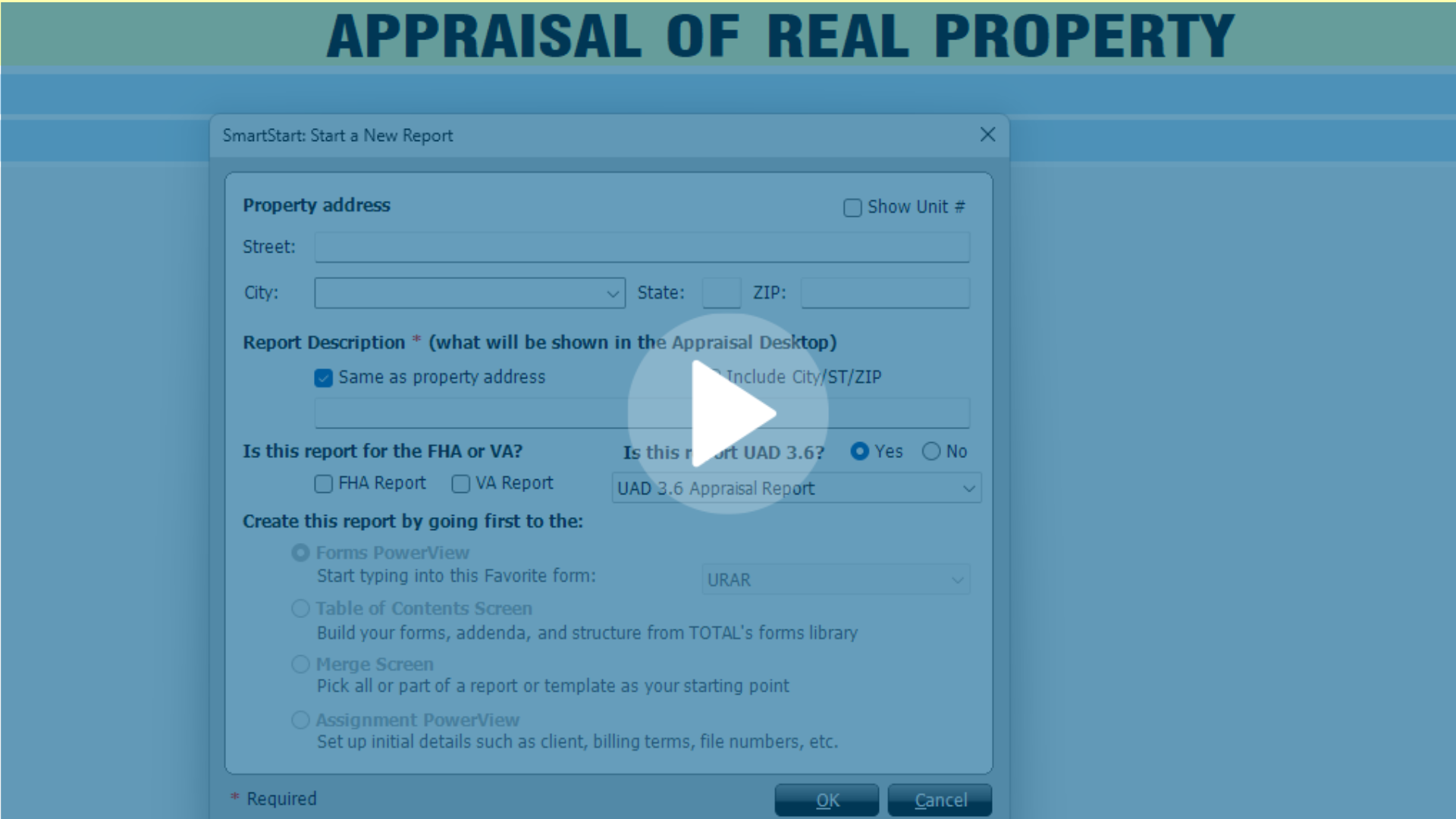


.png)
-1.png)
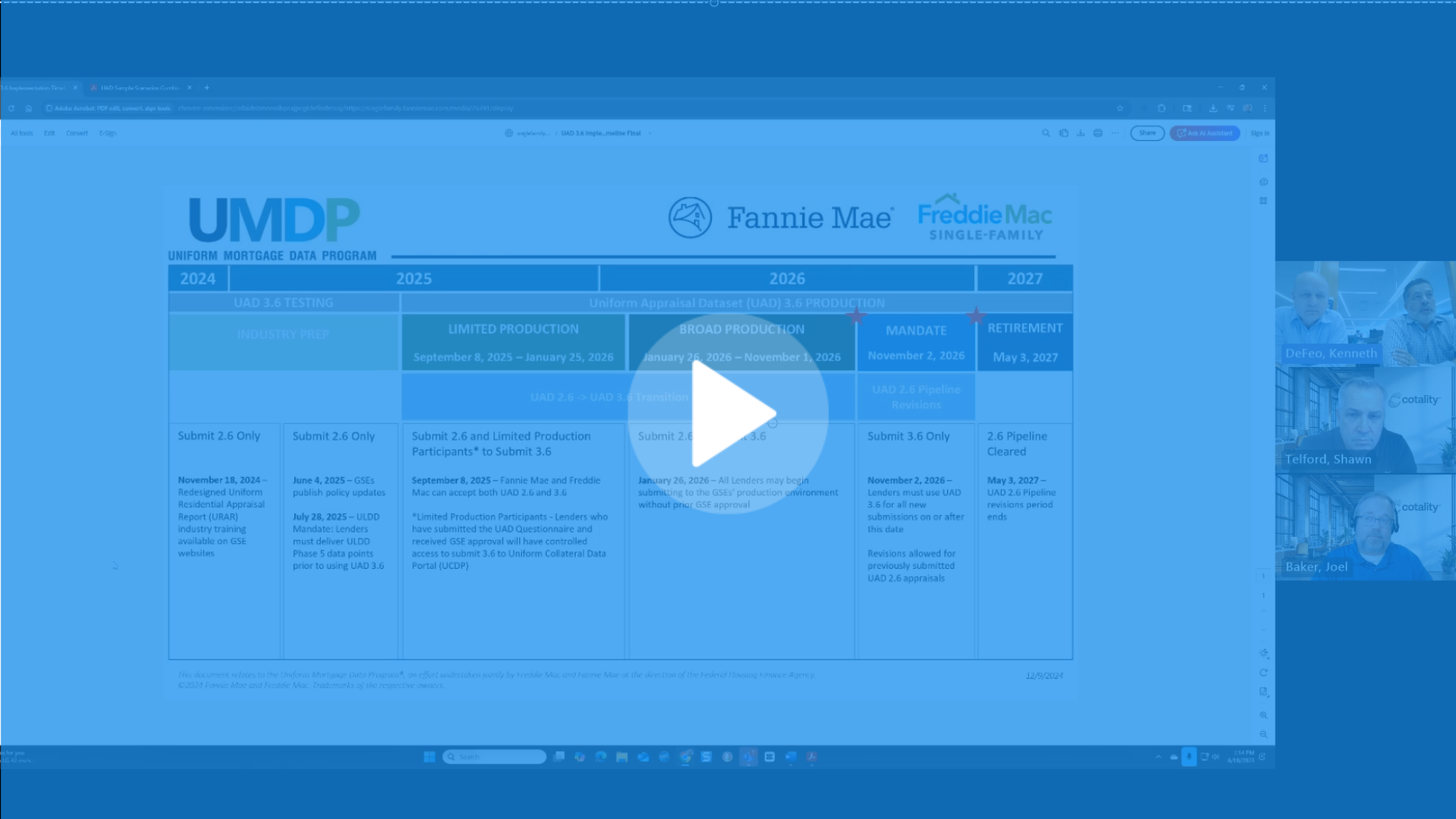
.png)
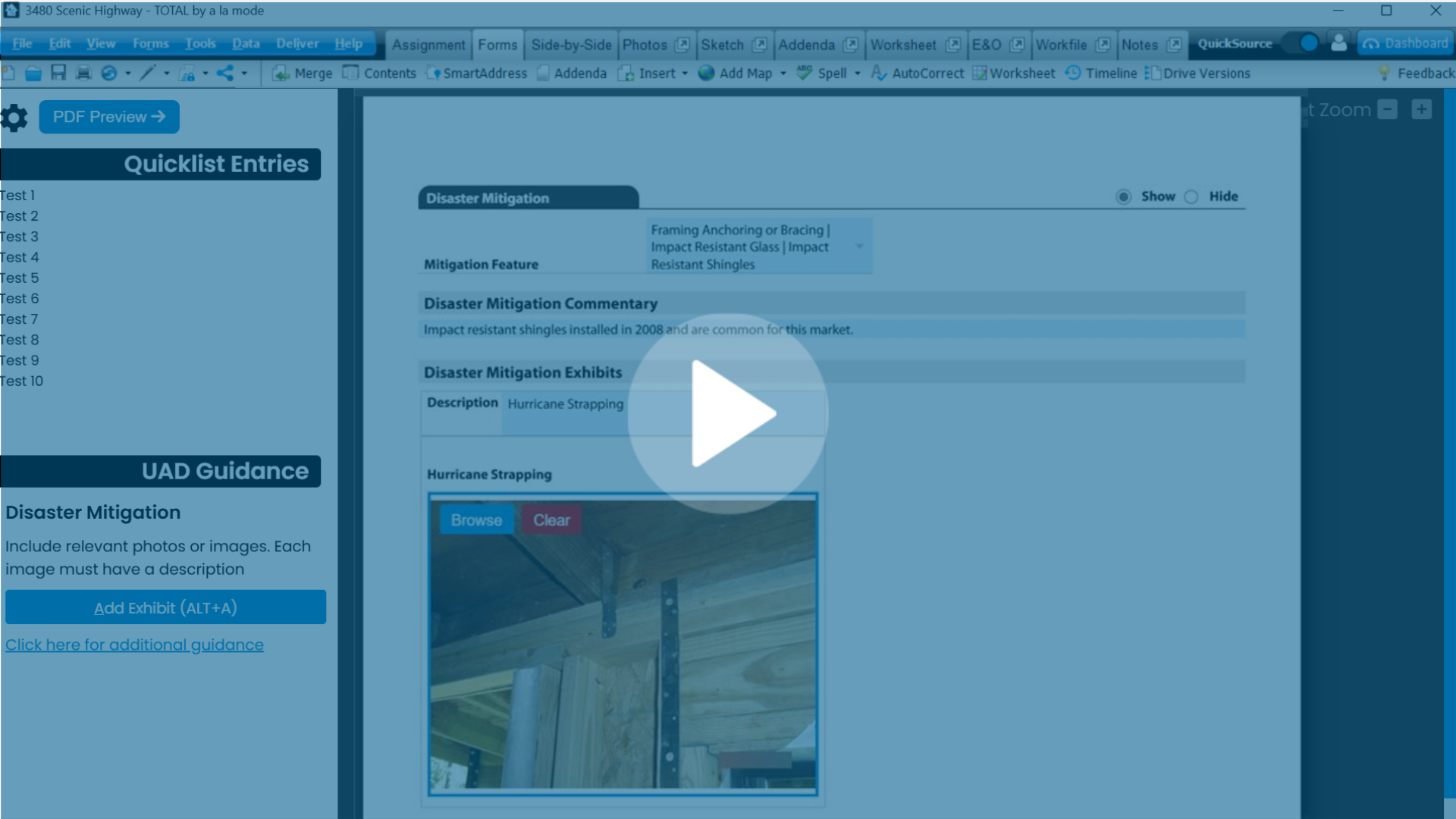
.png)
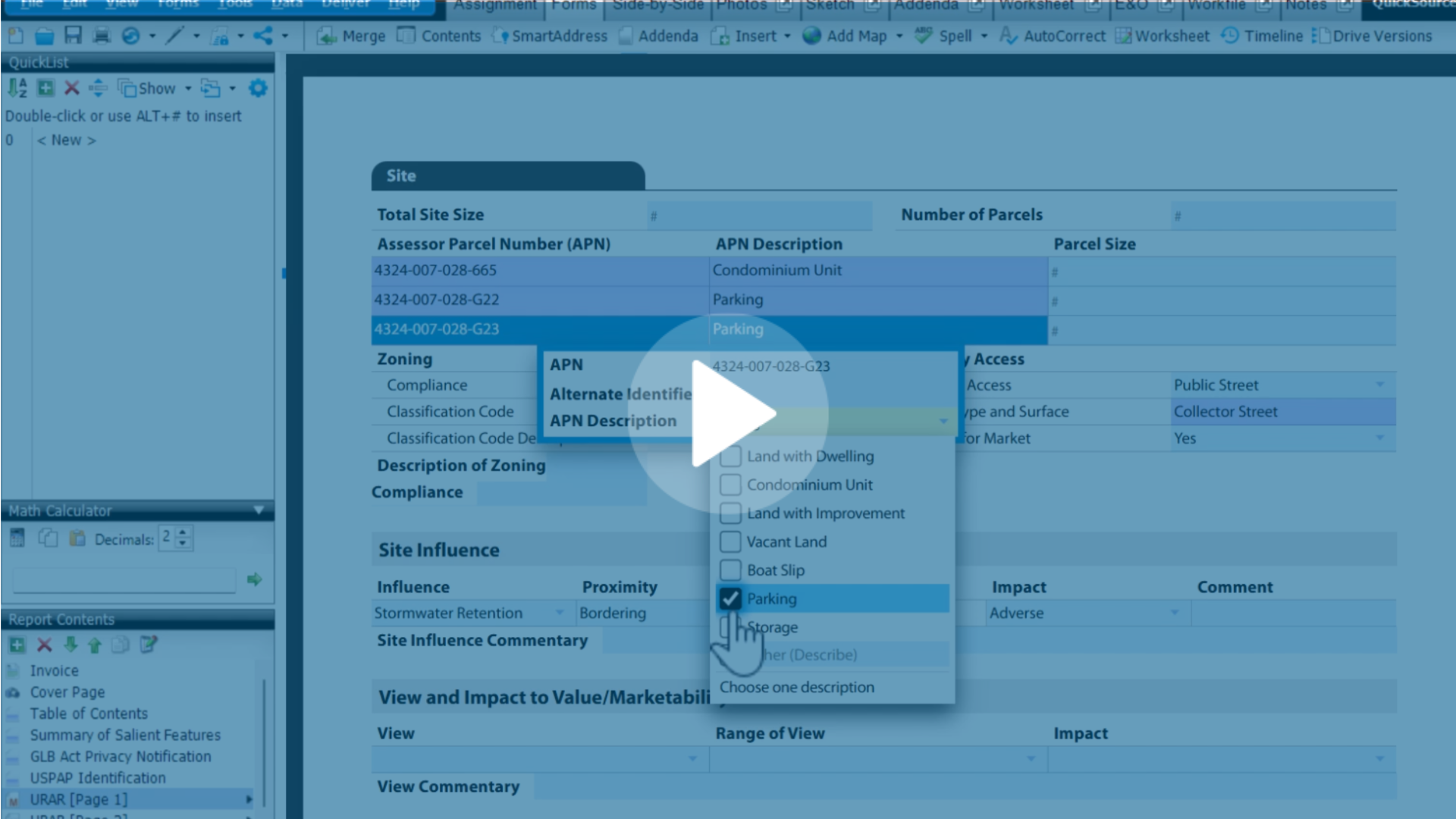
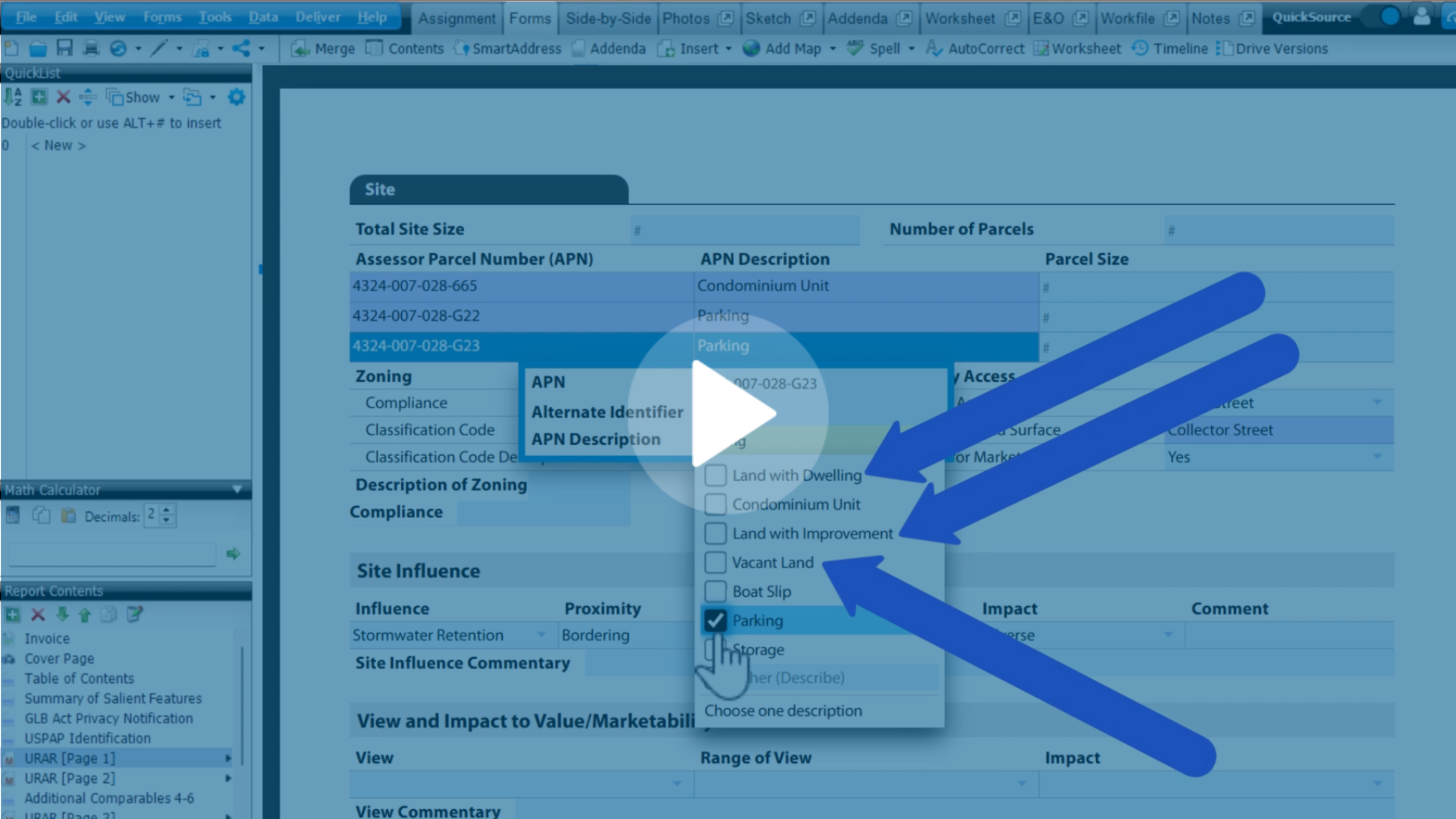
.png)
.png)
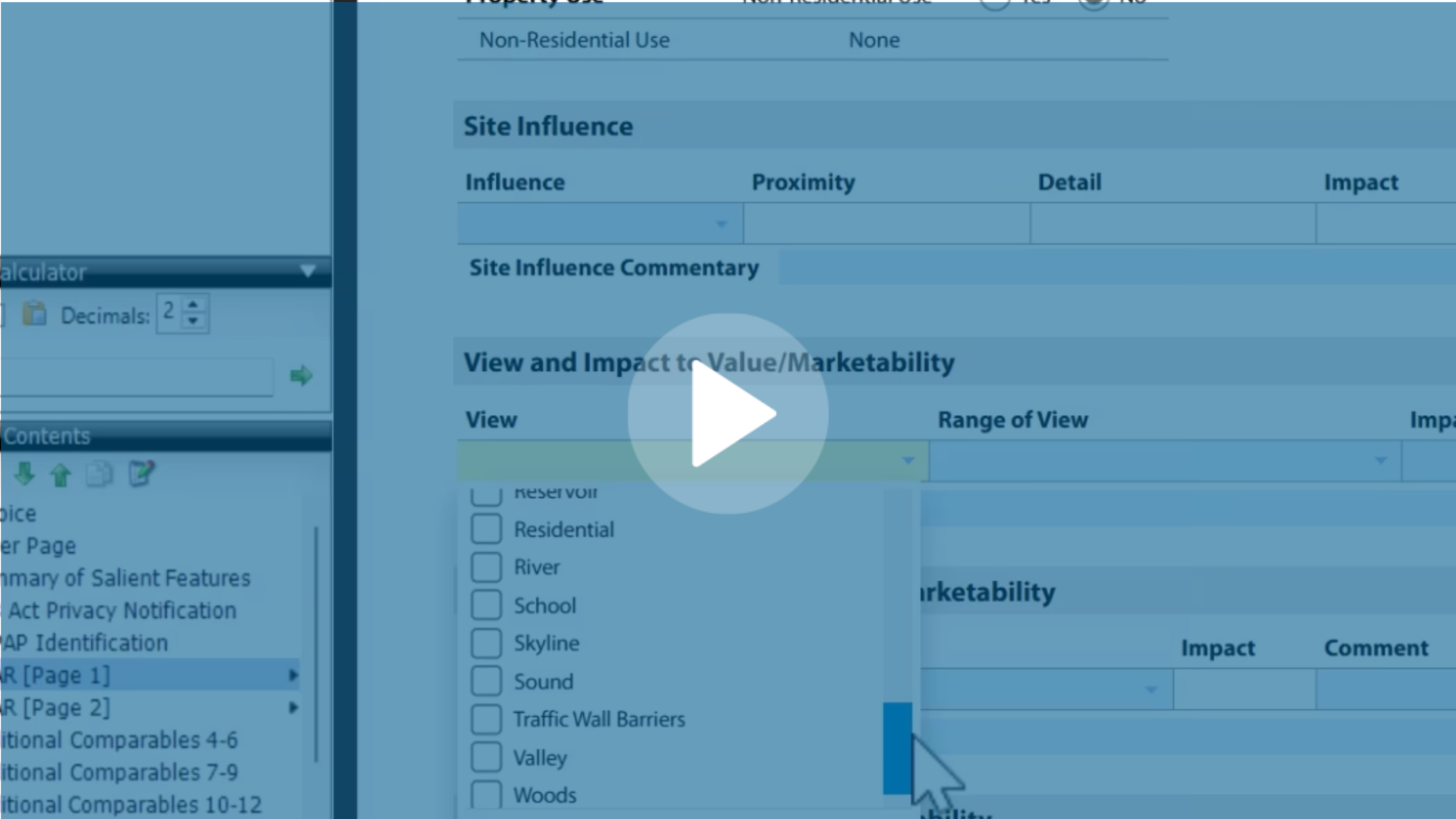
.jpg)
.png)
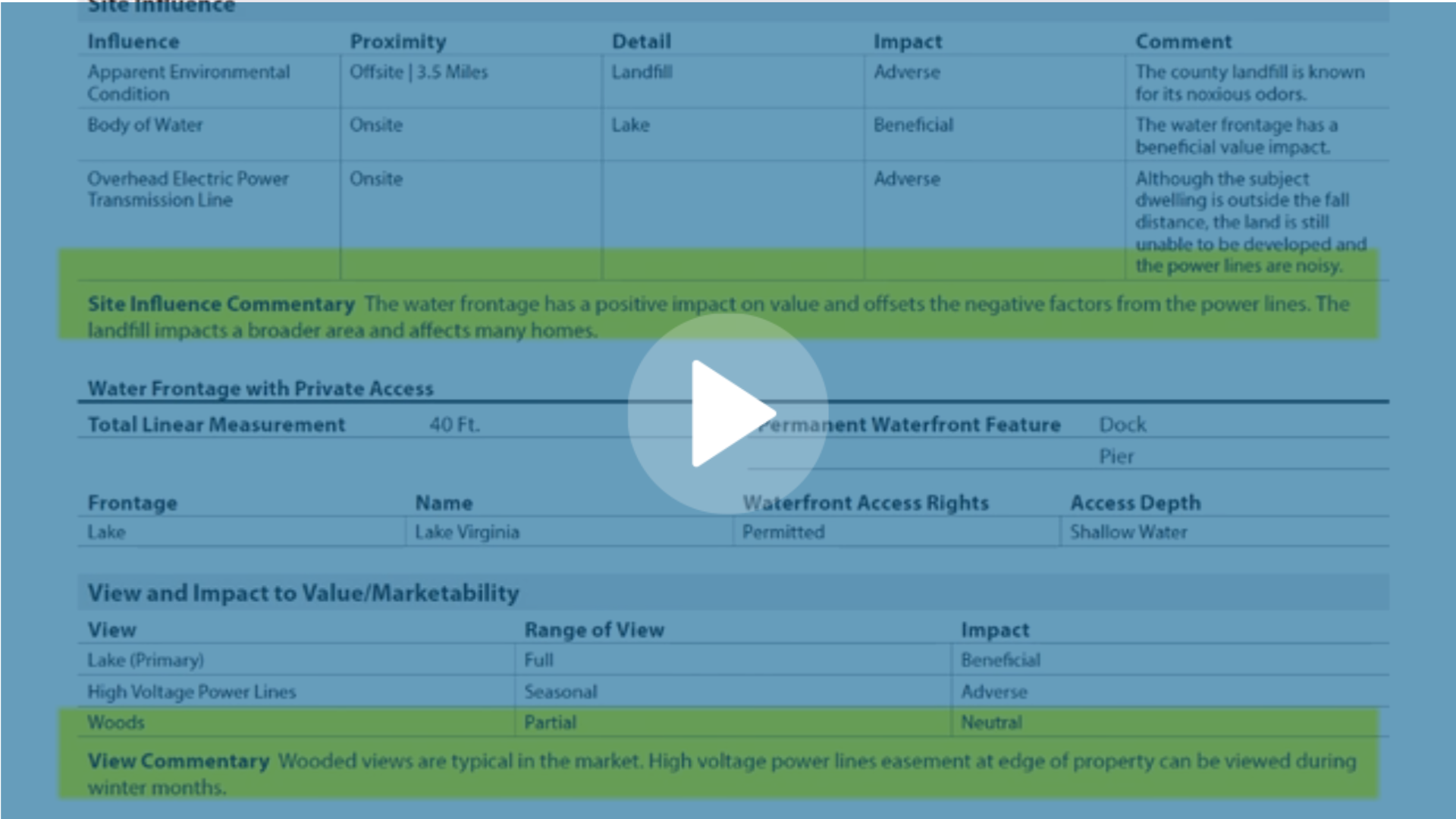
-1.png)



